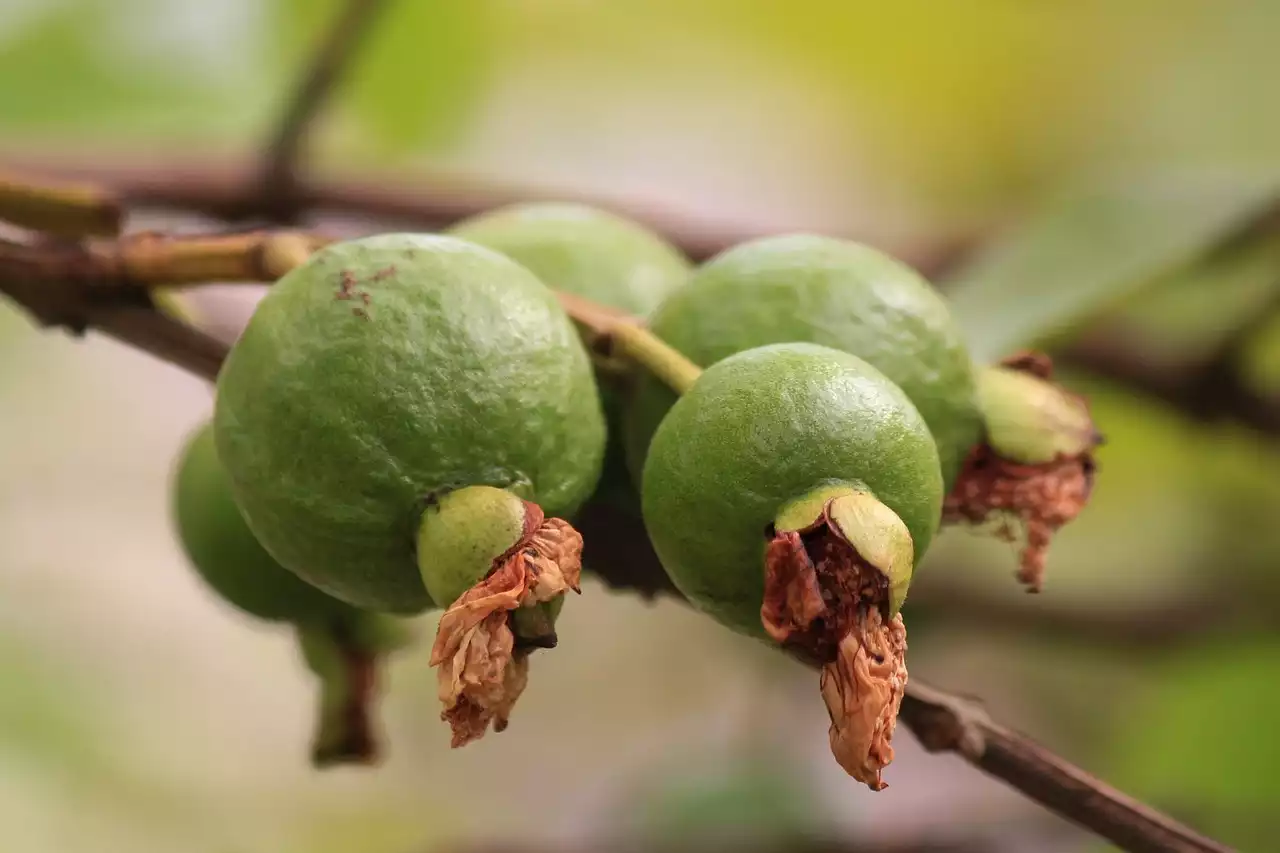Mole is a traditional Mexican sauce known for its complex and rich flavor profile. Although often paired with chicken, mole goes beyond a simple condiment and holds deep cultural and historical significance. In this article, we will explore the history and origins of mole, its unique ingredients, its cultural symbolism, and its versatility in modern cuisine. Get ready for a journey into the heart of Mexico's culinary tradition!
Section 1: History and Origin of Mole
Mole is a sauce that has been around for centuries and is deeply rooted in Mexican cuisine. While the exact origin of mole is unknown, historians believe that it may have pre-Columbian roots. The word "mole" comes from the Nahuatl word "molli," which means "sauce." According to some legends, mole was created by nuns in the Convent of Santa Rosa in Puebla, who were tasked with creating a dish to impress the visiting archbishop. The nuns gathered various ingredients, including chiles, nuts, and chocolate, and combined them to create the first mole. Today, mole is a staple in Mexican cuisine and is enjoyed around the world.
Over time, mole has evolved to include different ingredients and techniques. There are several regional variations of mole, each with its own unique flavor profile. For example, Oaxacan mole is known for its smoky flavor, while Poblano mole is slightly sweet and spicy. Some mole sauces can contain up to 30 different ingredients, including chiles, nuts, fruits, and spices. Mole can be a labor-intensive dish to prepare, as the ingredients must be carefully roasted and blended to create the desired texture and flavor.
Section 2: The Ingredients that Make Mole Unique
The key to mole's unique flavor profile is the combination of ingredients used. One of the main ingredients in mole is chiles, which provide both heat and depth of flavor. Mole can contain several types of chiles, including ancho, pasilla, and guajillo. Nuts such as almonds, peanuts, and sesame seeds are also used, providing a nutty and rich flavor. Fruits like plantains, raisins, and tomatoes add sweetness and acidity to the sauce, while spices like cinnamon, clove, and cumin add warmth and depth.
One of the most surprising ingredients in mole is chocolate. Chocolate is not typically associated with savory dishes, but in mole, it provides a rich and complex flavor. The chocolate used in mole is usually bitter chocolate, which is roasted and ground before being added to the sauce. Chocolate also has health benefits, such as being high in antioxidants.
Section 3: The Cultural Significance of Mole
Mole has deep cultural significance in Mexico, and is often associated with celebrations and traditions. One of the most important Mexican celebrations, Dia de los Muertos, often features mole as part of the traditional altar offerings. Mole is also a popular dish at weddings, and is often served during the reception. In Mexican cuisine, mole is seen as a representation of the blending of different cultures and flavors.
Mole also holds a special place in Mexican culinary arts, and chefs often take pride in their mole recipes.
Section 4: Beyond Just a Sauce
While mole is often associated with chicken, it can be used in a variety of dishes. Mole can be used as a marinade for meat, added to soups and stews, or even used as a base for a salad dressing. Mole has also become popular in haute cuisine, where chefs use it to add depth and complexity to their dishes. Some chefs even experiment with different types of mole, creating unique and exciting flavor combinations.
Mole has also become a part of modern Mexican cuisine, where it is often used in fusion dishes that blend different culinary traditions. For example, mole can be used to add a Mexican twist to classic French dishes like beef bourguignon. Mole can also be used to add a spicy kick to a classic American burger.
Conclusion
In conclusion, mole is more than just a sauce. It is a complex and flavorful culinary tradition that has deep roots in Mexican culture. The ingredients used in mole, such as chiles, nuts, fruits, and spices, work together to create a unique and balanced flavor profile. Mole has become a source of pride for many Mexican chefs and is a representation of Mexican culinary arts.
Mole is also versatile and can be used in a variety of dishes, from traditional chicken mole to fusion dishes that blend different culinary traditions. If you haven't tried mole before, we encourage you to do so. There are many different types of mole to explore, and each one is a delicious and unique representation of Mexico's rich culinary heritage.
So the next time you enjoy mole, take a moment to savor the complex and rich flavors and remember the history and cultural significance behind this beloved Mexican sauce.









